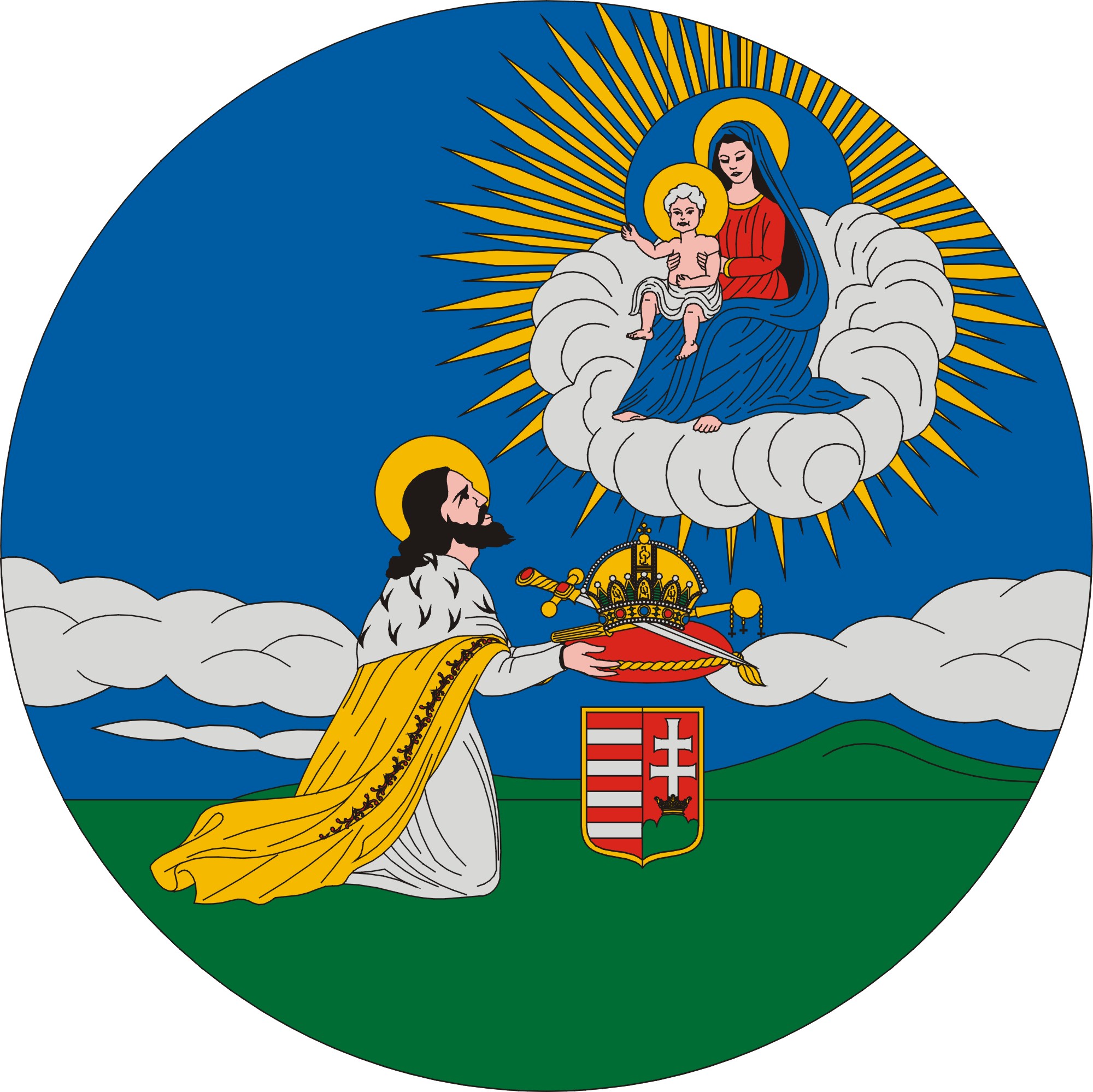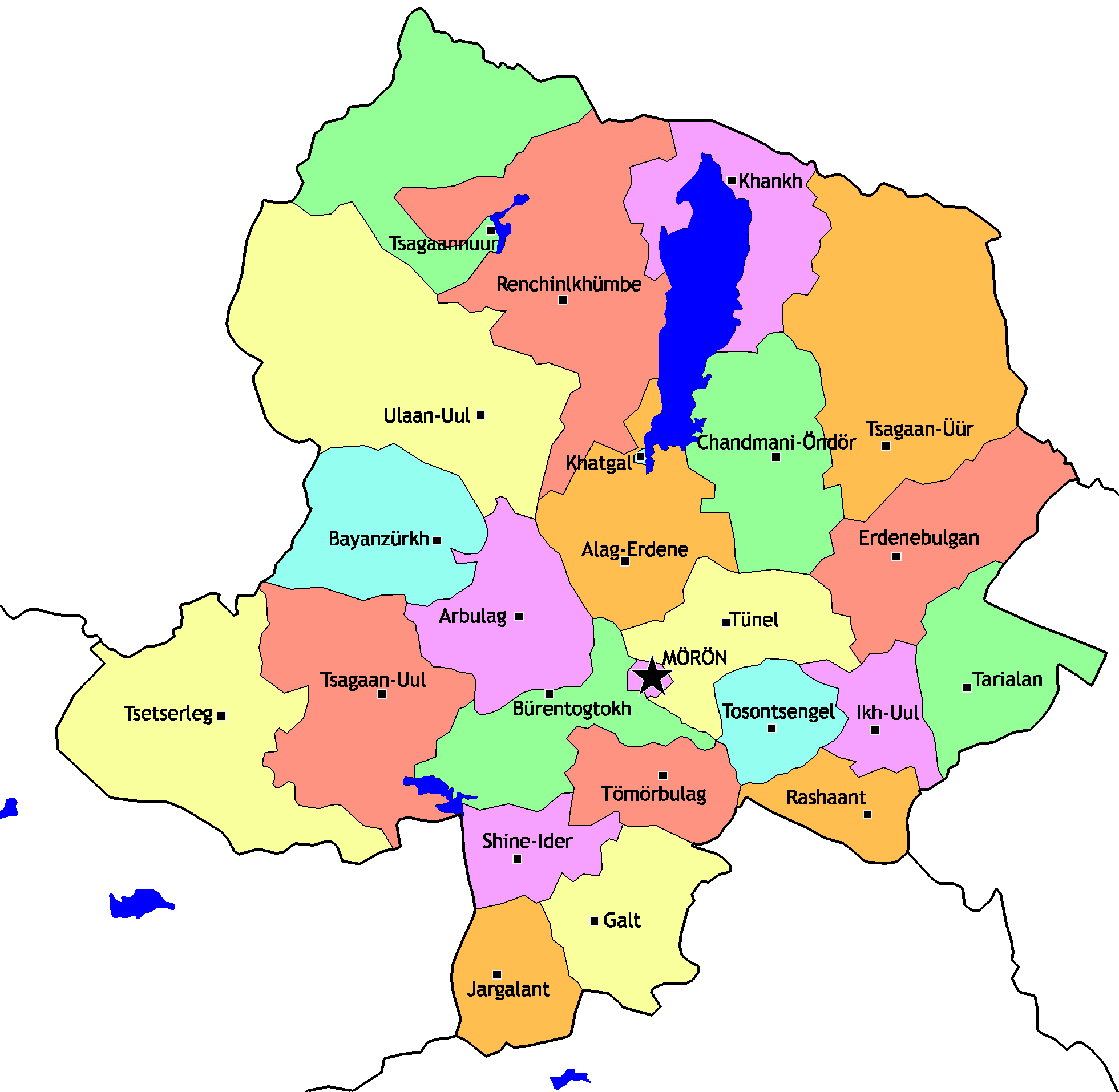|
Erdenet Mining Corporation
Erdenet Mining Corporation ( mn, Эрдэнэт үйлдвэр English: Precious factory) is a mining corporation in Erdenet, Mongolia. The city was built in 1974 to exploit Asia's largest deposit of copper ore and is the fourth largest copper mine in the world. The Erdenet Mining Corporation is a joint Mongolian-Russian venture and accounts for a majority of Mongolia's hard currency income. Erdenet mines 22.23 million tons of ore a year, producing 126,700 tons of copper and 1954 tons of molybdenum. The mine accounts for 13.5% of Mongolia's GDP and 7% of its tax revenue. The mine employs about 8,000 people. History The city Erdenet Erdenet ( mn, Эрдэнэт, literally "with treasure") is the third-largest city in Mongolia, with a 2018 population of 98,045, and the capital of the aimag (province) of Orkhon. Located in the northern part of the country, it lies in a valley ... and its mill were built by Soviet technology with the help of Soviet specialists. The discovery of ... [...More Info...] [...Related Items...] OR: [Wikipedia] [Google] [Baidu] |
Erdenet
Erdenet ( mn, Эрдэнэт, literally "with treasure") is the third-largest city in Mongolia, with a 2018 population of 98,045, and the capital of the aimag (province) of Orkhon. Located in the northern part of the country, it lies in a valley between the Selenge and Orkhon rivers about (as the crow flies) northwest of Ulaanbaatar, Darkhan, the capital. The road length between Ulaanbaatar and Erdenet is about . History Erdenet, one of the youngest settlements in Mongolia, was founded in 1974Michael Kohn: ''Mongolia'', p. 142, London (2008) in an area where large deposits of copper had been discovered in the 1950s. A single-track railway line with a length of linking Erdenet to the Trans-Mongolian Railway was inaugurated in 1977. In the middle of the 1980s, more than 50% of the inhabitants were Russians working as engineers or miners. After the fall of Soviet Communism in 1990, however, most Russians left Erdenet. Today, about 10% of the population is Russian. Erdenet Mini ... [...More Info...] [...Related Items...] OR: [Wikipedia] [Google] [Baidu] |
Montsame News Agency
Montsame ( mn, МОНЦАМЭ) is the official state owned news agency of Mongolia. Montsame is an acronym for ''Mongolyn Tsakhilgaan Medee'' mn, Монголын Цахилгаан Мэдээ, or ''Mongolian Electronic News''. It was founded in 1921. It has permanent correspondents in Ulaanbaatar, Mongolian aimag centers, Beijing, and Moscow. International cooperation The news agency has cooperation agreements with Information Telegraph Agency of Russia, Reuters, Xinhua, Yonhap, Vietnam News Agency, Prensa Latina, Polish Press Agency, Bulgarian News Agency, Anadolu Agency, Ukrinform, Voice of America, Azerbaijan State Telegraph Agency, Kazinform, Mehr News Agency, and Korean Central News Agency. Publications Mongolian *www.montsame.mn - Website *МОНЦАМЭ Мэдээ (''MONTSAME medee'') - Weekly outline of Mongolia-related news around the world *МОНЦАМЭ Тойм (''MONTSAME toim'') - Monthly magazine * (''Khümüün bichig'') - Weekly newspaper in Mongolian script ... [...More Info...] [...Related Items...] OR: [Wikipedia] [Google] [Baidu] |
Copper Mines In Mongolia
Copper is a chemical element with the symbol Cu (from la, cuprum) and atomic number 29. It is a soft, malleable, and ductile metal with very high thermal and electrical conductivity. A freshly exposed surface of pure copper has a pinkish-orange color. Copper is used as a conductor of heat and electricity, as a building material, and as a constituent of various metal alloys, such as sterling silver used in jewelry, cupronickel used to make marine hardware and coins, and constantan used in strain gauges and thermocouples for temperature measurement. Copper is one of the few metals that can occur in nature in a directly usable metallic form (native metals). This led to very early human use in several regions, from circa 8000 BC. Thousands of years later, it was the first metal to be smelted from sulfide ores, circa 5000 BC; the first metal to be cast into a shape in a mold, c. 4000 BC; and the first metal to be purposely alloyed with another metal, tin, to create bronze, c. 350 ... [...More Info...] [...Related Items...] OR: [Wikipedia] [Google] [Baidu] |
Mining Companies Of Mongolia
Mining is the Extractivism, extraction of valuable minerals or other geological materials from the Earth, usually from an ore body, lode, vein (geology), vein, coal mining, seam, quartz reef mining, reef, or placer deposit. The exploitation of these deposits for raw material is based on the economic viability of investing in the equipment, labor, and energy required to extract, Refining, refine and transport the materials found at the mine to manufacturers who can use the material. Ores recovered by mining include Metal#Extraction, metals, coal, oil shale, gemstones, limestone, chalk mining, chalk, dimension stone, Sodium chloride, rock salt, potash, gravel, and clay. Mining is required to obtain most materials that cannot be grown through agriculture, agricultural processes, or feasibly created Chemical synthesis, artificially in a laboratory or factory. Mining in a wider sense includes extraction of any non-renewable resource such as petroleum, natural gas, or even fossil wat ... [...More Info...] [...Related Items...] OR: [Wikipedia] [Google] [Baidu] |
Charles University
) , image_name = Carolinum_Logo.svg , image_size = 200px , established = , type = Public, Ancient , budget = 8.9 billion CZK , rector = Milena Králíčková , faculty = 4,057 , administrative_staff = 4,026 , students = 51,438 , undergrad = 32,520 , postgrad = 9,288 , doctoral = 7,428 , city = Prague , country = Czech Republic , campus = Urban , colors = , affiliations = Coimbra Group EUA Europaeum , website = Charles University ( cs, Univerzita Karlova, UK; la, Universitas Carolina; german: Karls-Universität), also known as Charles University in Prague or historically as the University of Prague ( la, Universitas Pragensis, links=no), is the oldest and largest university in the Czech Republic. It is one of the oldest universities in Europe in continuous operation. Today, the university consists of 17 faculties located in Prague, Hradec Králové, and Plzeň. Charles University belongs among the top three universities in Central and Eastern Europe. It is ... [...More Info...] [...Related Items...] OR: [Wikipedia] [Google] [Baidu] |
Khövsgöl Province
Khövsgöl ( mn, Хөвсгөл) is the northernmost of the 21 aimags (provinces) of Mongolia. The name is derived from Lake Khövsgöl. Geography and history The round-topped Tarvagatai, Bulnain and Erchim sub-ranges of the Khangai massif dominate the south and southwest of the largely mountainous province, and north and west of Lake Khövsgöl, lie the alpine Khoridol Saridag, Ulaan Taiga, and Mönkh Saridag mountains. The center and eastern parts of the province are less mountainous, but still hilly. The region is well known in Mongolia for its natural environment, and Lake Khövsgöl is one of the country's major tourist attractions. The largest forests of Mongolia are located around and to the north of the lake, extending the South Siberian taiga. The aimag was founded in 1931. Khatgal was the administrative center until 1933; since then it has been Mörön. Population The region is home to many ethnic minority groups: Darkhad, Khotgoid, Uriankhai, Buriad, and Tsaat ... [...More Info...] [...Related Items...] OR: [Wikipedia] [Google] [Baidu] |
Tsagaan-Üür, Khövsgöl
Tsagaan-Üür ( mn, Цагаан-Үүр) is a sum of Khövsgöl aimag. The area is 8,730 km2, of which only 1,140 km2 are pasture. In 2000, Tsagaan-Üür had a population of 2,421 people, including Khalkha, Uriankhai, and Buriad. The sum center, officially named ''Bulgan'' ( mn, Булган), is located on the banks of the Üür River, 173 km north-east of Mörön and 844 km from Ulaanbaatar. History The Tsagaan-Üür sum was founded, together with the whole Khövsgöl aimag, in 1931. In 1933, it had 2,400 inhabitants in 690 households, and about 22,000 head of livestock. The local negdel, first named Uilgan and later Tsog, was founded in 1939. Economy In 2004, there were about 22,000 head of livestock, among them 3,400 goats, 3,900 sheep, 11,300 cattle and yaks, and 3,400 horses, but no camels. [...More Info...] [...Related Items...] OR: [Wikipedia] [Google] [Baidu] |
Molybdenum
Molybdenum is a chemical element with the symbol Mo and atomic number 42 which is located in period 5 and group 6. The name is from Neo-Latin ''molybdaenum'', which is based on Ancient Greek ', meaning lead, since its ores were confused with lead ores. Molybdenum minerals have been known throughout history, but the element was discovered (in the sense of differentiating it as a new entity from the mineral salts of other metals) in 1778 by Carl Wilhelm Scheele. The metal was first isolated in 1781 by Peter Jacob Hjelm. Molybdenum does not occur naturally as a free metal on Earth; it is found only in various oxidation states in minerals. The free element, a silvery metal with a grey cast, has the sixth-highest melting point of any element. It readily forms hard, stable carbides in alloys, and for this reason most of the world production of the element (about 80%) is used in steel alloys, including high-strength alloys and superalloys. Most molybdenum compounds have low solubili ... [...More Info...] [...Related Items...] OR: [Wikipedia] [Google] [Baidu] |
Provinces Of Mongolia
A province is almost always an administrative division within a country or state. The term derives from the ancient Roman ''provincia'', which was the major territorial and administrative unit of the Roman Empire's territorial possessions outside Italy. The term ''province'' has since been adopted by many countries. In some countries with no actual provinces, "the provinces" is a metaphorical term meaning "outside the capital city". While some provinces were produced artificially by colonial powers, others were formed around local groups with their own ethnic identities. Many have their own powers independent of central or federal authority, especially in Canada and Pakistan. In other countries, like China or France, provinces are the creation of central government, with very little autonomy. Etymology The English word ''province'' is attested since about 1330 and derives from the 13th-century Old French , which itself comes from the Latin word , which referred to the sphere ... [...More Info...] [...Related Items...] OR: [Wikipedia] [Google] [Baidu] |
Hard Currency
In macroeconomics, hard currency, safe-haven currency, or strong currency is any globally traded currency that serves as a reliable and stable store of value. Factors contributing to a currency's ''hard'' status might include the stability and reliability of the respective state's legal and bureaucratic institutions, level of corruption, long-term stability of its purchasing power, the associated country's political and fiscal condition and outlook, and the policy posture of the issuing central bank. Safe haven currency is defined as a currency which behaves like a hedge for a reference portfolio of risky assets conditional on movements in global risk aversion. Conversely, a weak or soft currency is one which is expected to fluctuate erratically or depreciate against other currencies. Softness is typically the result of weak legal institutions and/or political or fiscal instability. History The paper currencies of some developed countries have earned recognition as hard curr ... [...More Info...] [...Related Items...] OR: [Wikipedia] [Google] [Baidu] |
Copper Mine
Copper extraction refers to the methods used to obtain copper from its ores. The conversion of copper consists of a series of physical and electrochemical processes. Methods have evolved and vary with country depending on the ore source, local environmental regulations, and other factors. As in all mining operations, the ore must usually be beneficiated (concentrated). The processing techniques depend on the nature of the ore. If the ore is primarily sulfide copper minerals (such as chalcopyrite), the ore is crushed and ground to liberate the valuable minerals from the waste ('gangue') minerals. It is then concentrated using mineral flotation. The concentrate is typically sold to distant smelters, although some large mines have smelters located nearby. Such colocation of mines and smelters was more typical in the 19th and early 20th centuries, when smaller smelters could be economic. The sulfide concentrates are typically smelted in such furnaces as the Outokumpu or Inco f ... [...More Info...] [...Related Items...] OR: [Wikipedia] [Google] [Baidu] |






